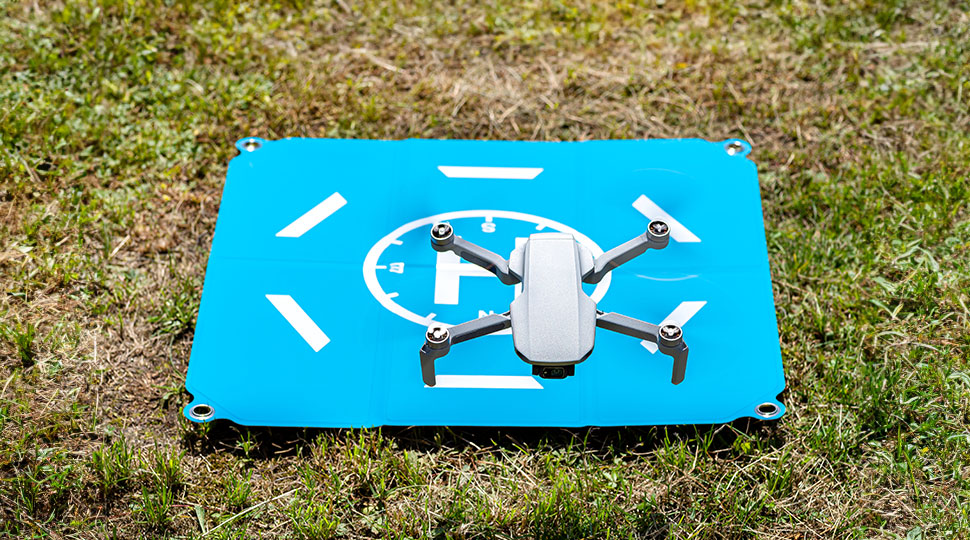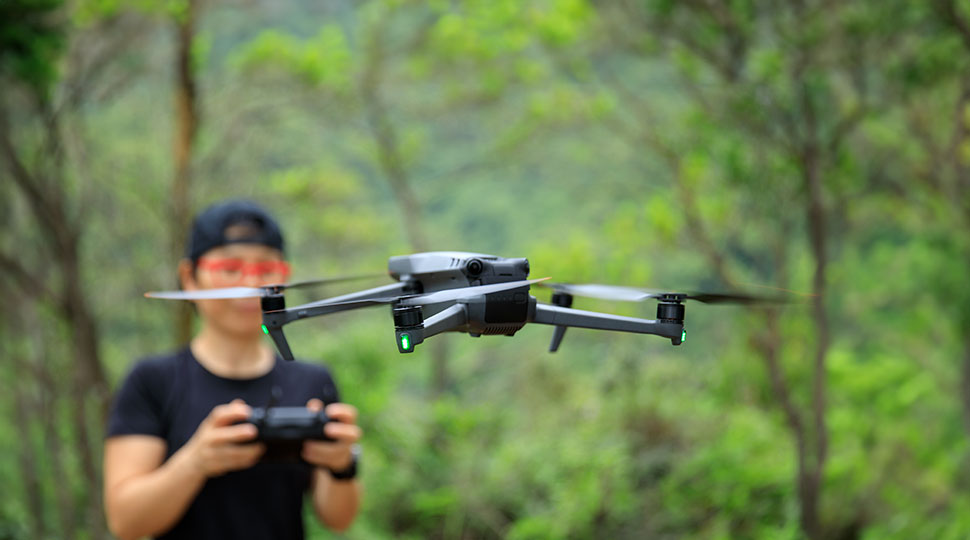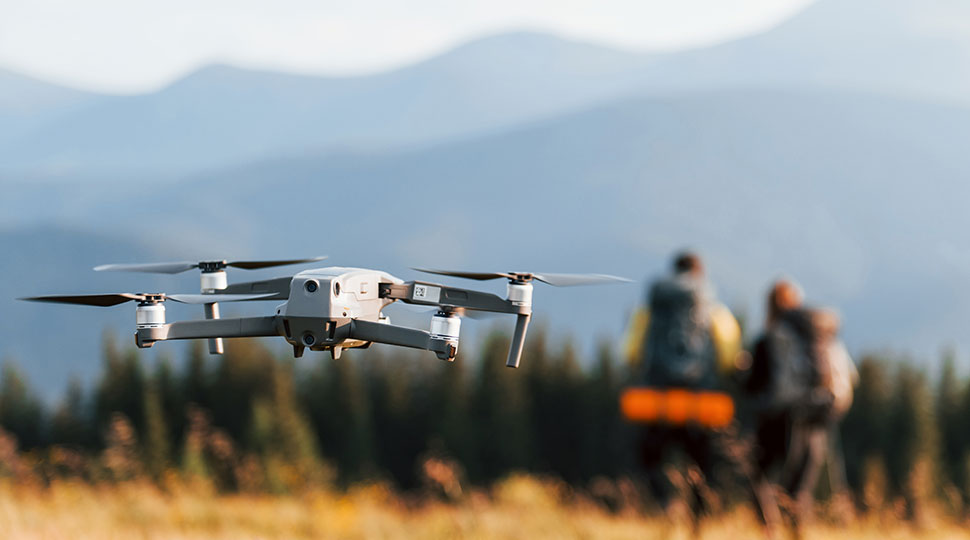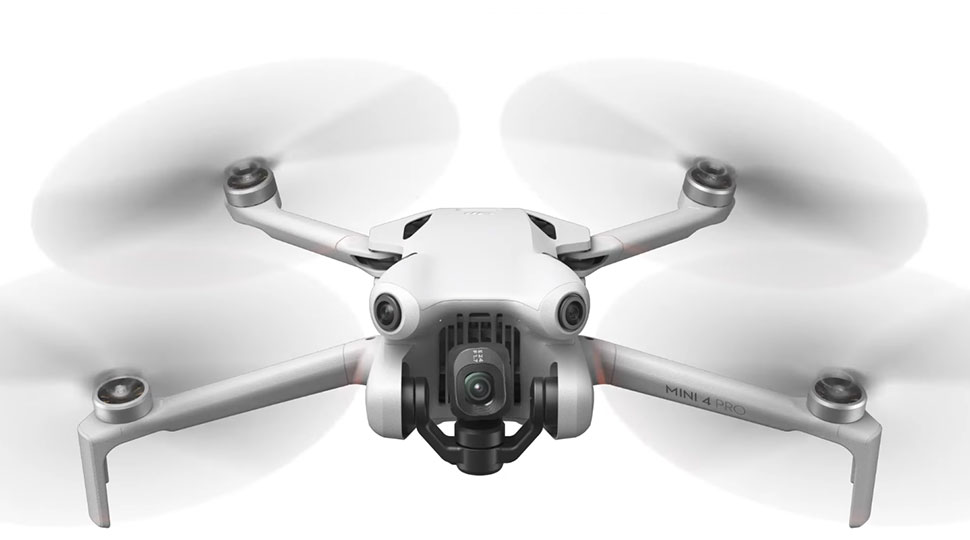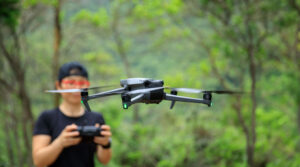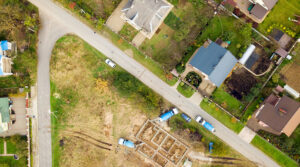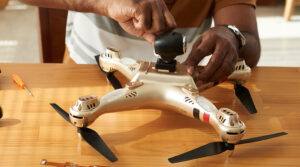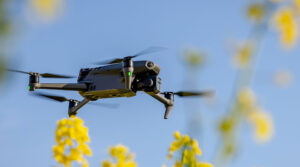The popularity of drones for recreational, commercial, and military use has proliferated and this has increased drone hacking attempts. These devices offer many benefits and conveniences, they also present unique challenges and vulnerabilities. One such vulnerability is the risk of “drone hacking”.
Drone hacking involves unauthorized access to a drone’s systems, controls, or data, and it may lead to severe consequences such as loss of control, theft of sensitive information, or even physical damage to the device.
In this article, we will explore various types of drone hacking attempts, how to spot these attempts, and ways to prevent them from happening.
Get the latest articles in your inbox fresh and ready to read …
Get the New To Drones "All Access Pass"
All Access Pass members enjoy unlimited access to entire articles – 100% FREE
By signing up you agree to our Terms of Service and Privacy Policy. You also agree to receive our newsletters (you can easily and quickly opt-out at any time).
You will receive free access to all of our articles while you are a member of the site.
Types of Drone Hacking Attempts
There are multiple ways in which a drone can be hacked. Here are a few common methods hackers utilize to take control of your drone or access its data:
Physical Access to the Drone
Gaining physical access to the drone allows hackers to tamper with its internal components or install malware directly on the device. This method usually involves the theft of the drone or unauthorized access during maintenance or storage.
Remote Access through Wi-Fi or Bluetooth connections
A drone’s wireless communication capabilities can be exploited by hackers. By gaining access to the Wi-Fi or Bluetooth network, a hacker may intercept the signals sent between the drone and the controller, enabling them to take control of the drone or access its data.
Malware Attacks and Malicious Software Downloads
Cybercriminals may attempt to trick users into downloading malware onto their drone controller, app, or the drone itself. This malware can provide the hacker with remote access to the drone or collect sensitive information.
Spoofing GPS Signals
Some sophisticated hackers may attempt to manipulate a drone’s GPS signals, causing it to lose its way or change direction. This usually involves the use of specialized software or hardware to mimic legitimate GPS signals.
How to Spot a Drone Hacking Attempt
While drone hacking attempts may differ in their methods and execution, there are several common signs that could indicate your drone has been compromised:
Unusual Activity on the Control Panel/App
If you notice unexpected changes to your drone’s settings, such as a new password or unauthorized changes in flight parameters, this could be a sign that a hacker has gained access to your drone.
Unexpected Changes in Behavior
Unexplained changes in your drone’s behavior, such as unusual flight patterns, sudden movement, or erratic control response, could indicate that a hacker has taken control of your device.
Unfamiliar Messages and Commands
Receiving messages or commands from an unrecognizable source may signify a drone hacking attempt.
Sudden Loss of Connection
If your drone abruptly loses its connection to the controller or app, you should consider the possibility of a hacking attempt, especially if the issue is not resolved by reconnecting.
Interference with Video Feed
Simultaneous interference or disruption to the video feed from your drone’s camera could be a sign of a hacking attempt, particularly if it coincides with other suspicious behaviors.
Abnormal Battery Drainage
Experiencing rapid battery drainage for no apparent reason could indicate that a hacker is draining your drone’s battery to prevent you from regaining control or protecting your drone from theft.
Changes in Altitude and Direction without Input from User
Sudden uncommanded changes in altitude or direction may suggest that something or someone other than you is controlling your drone.
Ways to Prevent Drone Hacking Attempts
To minimize the risk of falling victim to drone hacking attempts, it is crucial to prioritize security and adopt best practices that can help protect your device and its data:
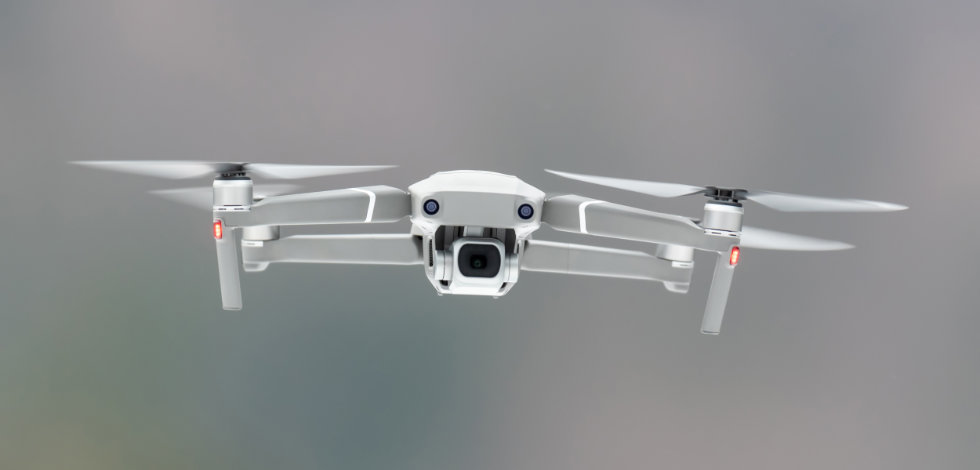
Use Strong Passwords for All Accounts Related to Your Drone
Choose complex and unique passwords for your drone’s controller, app, and any online accounts used to manage the drone or store its data.
Update Firmware Regularly
Keeping your drone’s firmware up to date ensures that you benefit from the manufacturer’s latest security patches and bug fixes.
Invest in Anti-Virus Protection
Protect your drone and connected devices (such as your controller or smartphone) with reputable anti-virus software to prevent malware infection.
Disable Any Unnecessary Features
Limit your drone’s attack surface by deactivating features you do not need, such as public Wi-Fi connections or automatic downloads.
Regularly Scan for Malware
Establish a routine to scan your drone, controller, and connected devices for malware, keeping your devices clean from potential threats.
Avoid Connecting Drones to Public Networks
Public Wi-Fi networks can pose significant security risks; always use personal, secured connections when connecting your drone to the internet.
Utilize Encryption Technology When Possible
Encrypting your drone’s data and communication can significantly add a layer of protection against hackers who may intercept signals or access stored information.
Cleared for Takeoff
As drones continue to grow in popularity, so will the attempts to hack them. Awareness and vigilance are essential to protect your drone from these intrusions.
Through an understanding the types of drone hacking attempts and adopting strong security measures, you can significantly reduce your risk and keep your drone safe from cyber threats.
Fly safely and responsibly, and always be on the lookout for any suspicious activity surrounding your drone.

